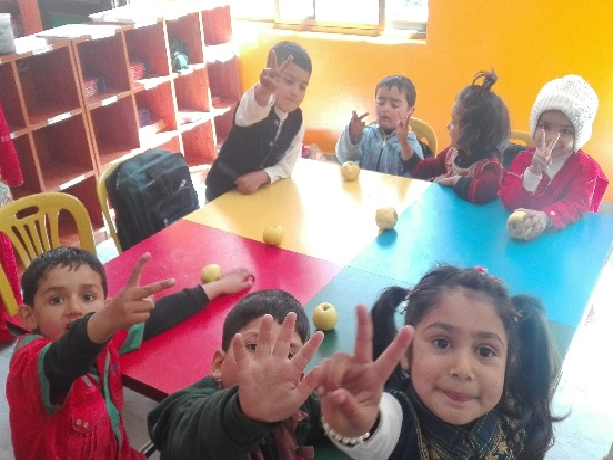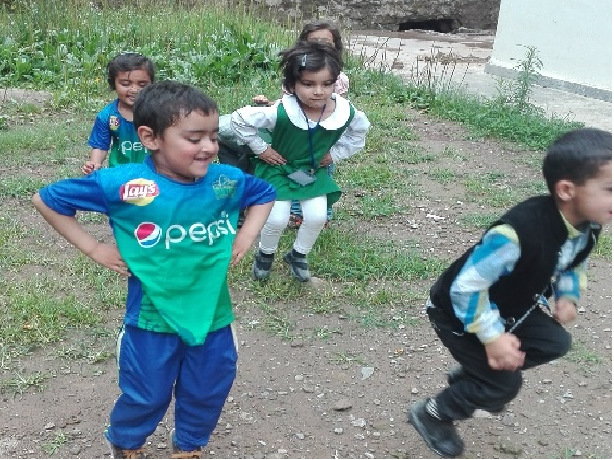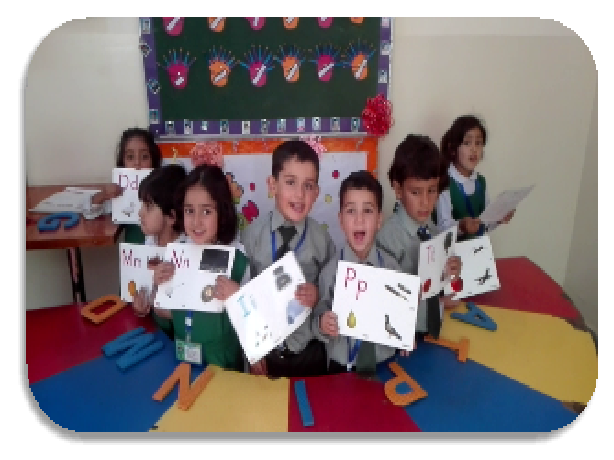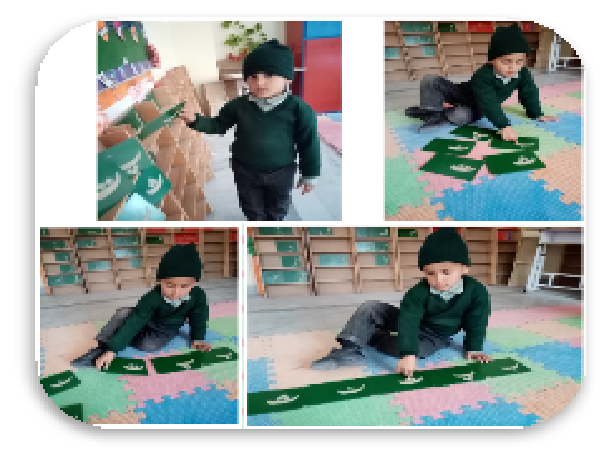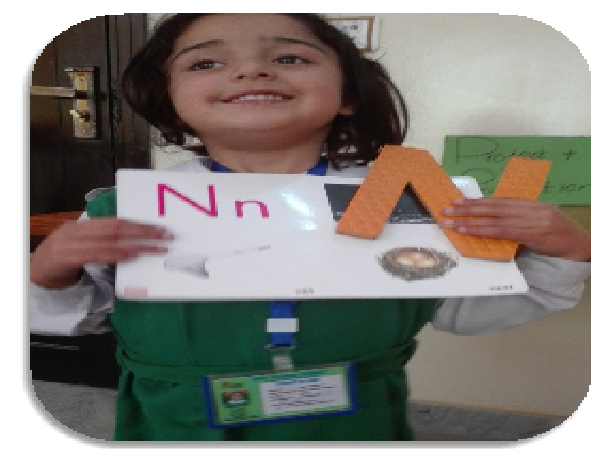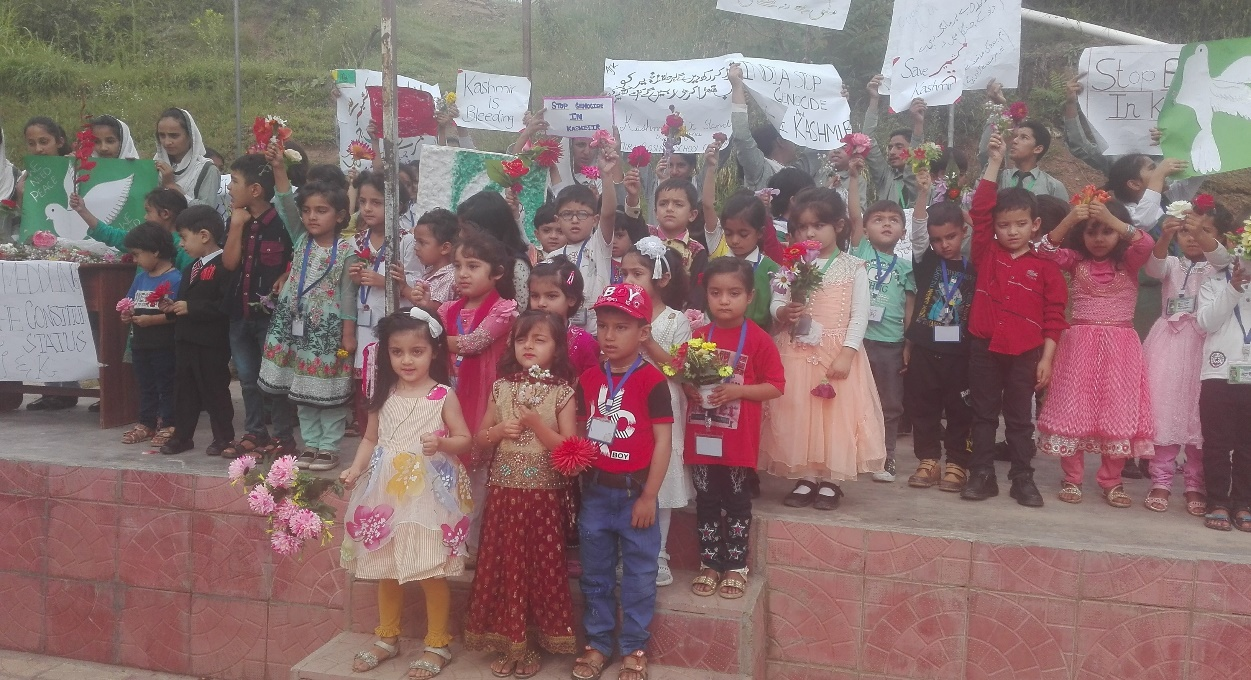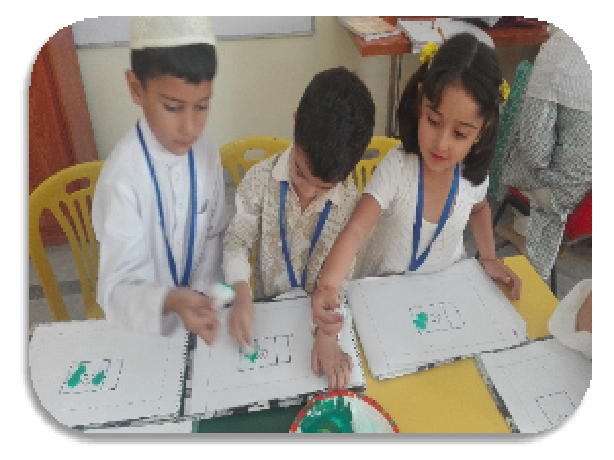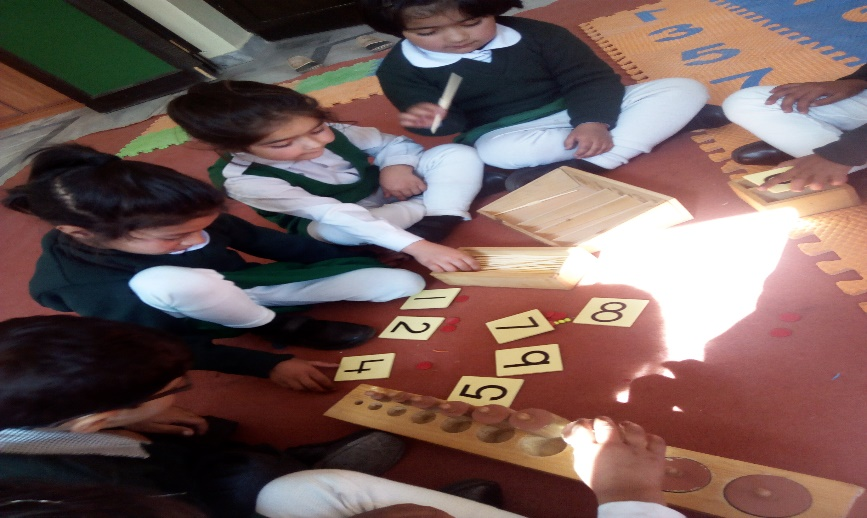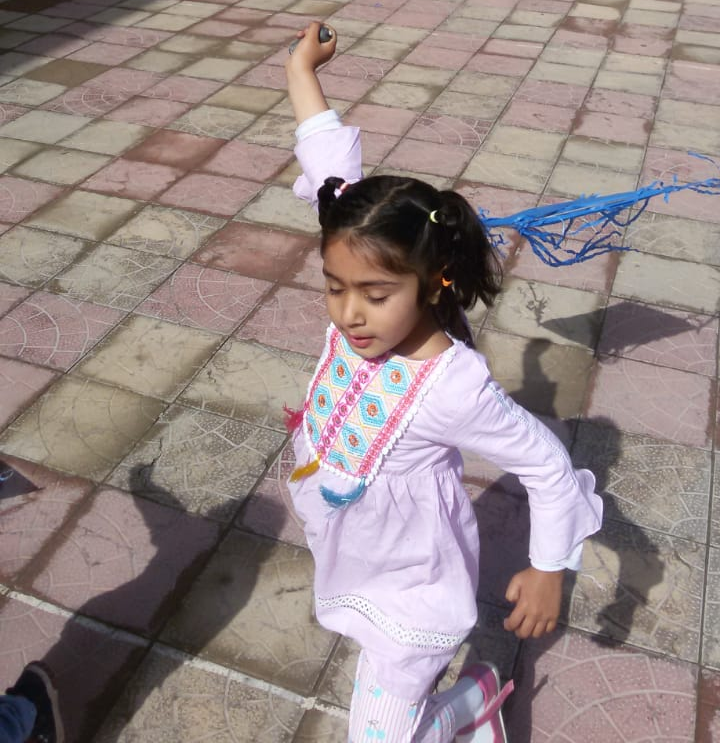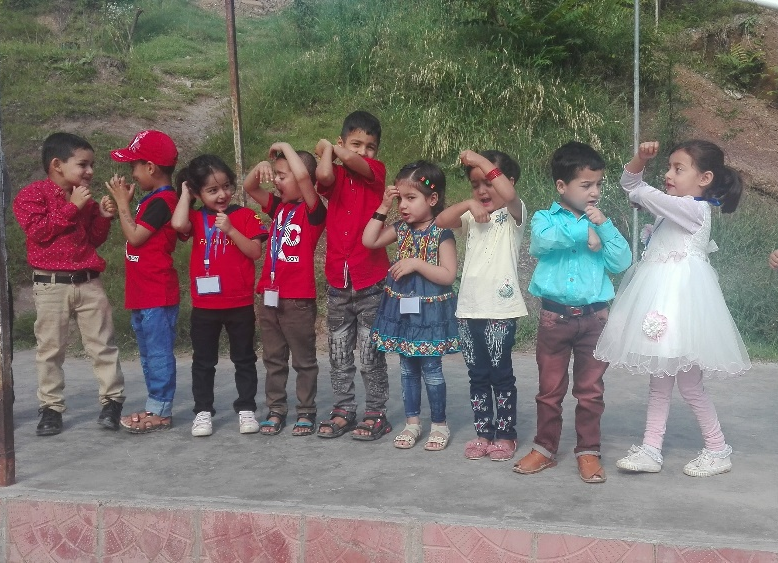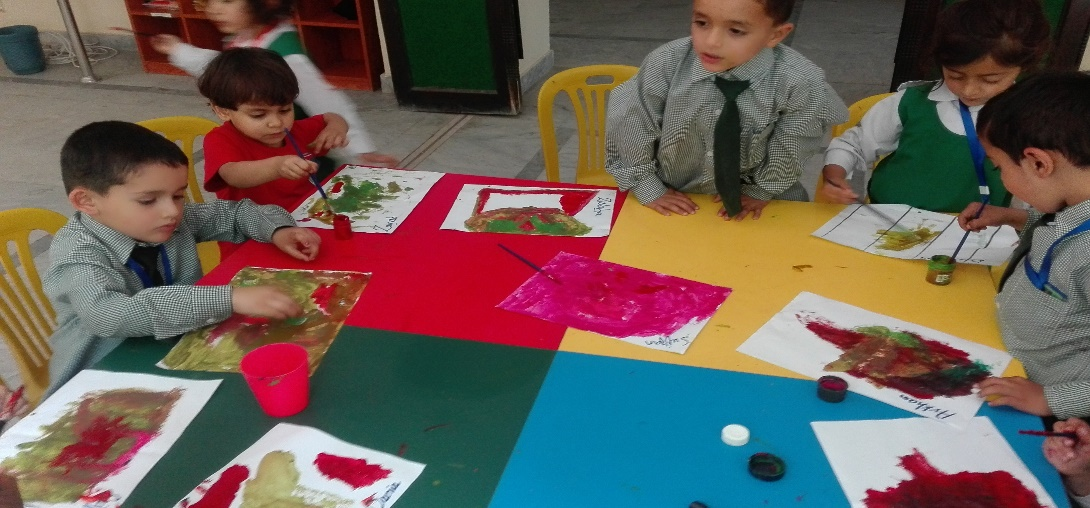ECE
Strands
MRS is following the five curriculum strands: wellbeing, effective communication, citizenship,
intellectual empowerment and aesthetic expression reflect the desired outcomes for children
to grow up as competent and confident lifelong learners and communicators, healthy in
mind, body and spirit, secure in their sense of belonging and in the knowledge that they
make a valued contribution to their
democratic communities and society
Children will live in an environment where they are healthy, strong and well-adjusted through promotion of their physical, social and emotional development
• Physical Health and Development(fine and gross
● motor)
• Emotional Well-being
• Protection and Safety of themselves and others
STRAND 2: EFFECTIVE COMMUNICATION
Language and literacy play a critical role in the development of children’s thinking, learning and communication. To develop into successful, contributing adults, children must learn to be effective communicators and masters of their official language. This can be achieved through immersing young children in a print rich environment with many developmentally appropriate language experiences including role-playing, singing, rhyming and reading. These activities will promote children’s interactive skills in speaking, listening, reading and writing resulting in effective communication, creative thoughts and ideas, and the laying of the foundation for becoming future confident, proficient language users and communicators.
GOALS
● Children listen with understanding and respond appropriately in a variety of situations and contexts.
● Children will converse effectively in their home language or Standard English for a variety of purposes relating to real experiences and different audiences.
● Children will explore and use their emerging reading abilities and become readers and viewers by using emerging understandings to predict and make meanings from a variety of written, visual and multimodal texts.
● Children will experiment with and use their emerging understandings of written, visual and multimodal texts to convey meaning and communicate their thoughts and ideas
STRAND 3: CITIZENSHIP/BELONGING
“Curriculum content and process should reflect democratic ideals of community involvement, liberty, freedom of choices, equality, fairness and justice” Sowing seeds of peace and democracy in three and four year old children could nurture a generation of citizens equipped with the knowledge, skills, values and dispositions to live peacefully and justly in the world. This could be accomplished if the children and their families experience an environment where there are opportunities for learning with each child’s contribution being valued irrespective of gender, ability, age, ethnicity or background (White Policy Paper: Standards Of Practice 2005 - category 3) and through interaction with others. Early childhood educators must work with the children to create a culture of peace in our early childhood care and education centres, as well as in their families and communities. Our centres should be seen as microcosms of the positive society we envision, where children and their families are provided with opportunities to exercise the principles of peace and democracy.
GOALS
• Children are aware of the limits and boundaries of acceptable behavior and cooperate
• With others in social situations.
• Children experience an environment where they show respect for self, others and the
• Environment.
• They value culture and develop an appreciation for their own and other cultures,
• building early understandings about diversity.
• They demonstrate pride in national and regional identity.
• Children are in an environment where they develop resilience
• Children and families are in an environment where every person’s input is valued and
• where they are part of making choices, negotiating choices and sharing in the decision-
• making process.
• Children live in an environment where ability to assume responsibility for own actions
• and behaviour is encouraged.
• Children have equitable opportunities for learning, irrespective of gender, disability, • age, ethnicity or background.
STRAND 4: INTELLECTUAL EMPOWERMENT
All children are competent learners, who must be provided with a supportive environment that lends itself to active exploration, with positive adult/child interaction for children’s minds to develop. Cognitive development deals with the mind and how it works. It involves how children see their world and how they use what they learn through the use of critical thinking, learning and problem solving skills. Through active and interactive learning children will develop problem solving, critical thinking, representational and symbolic thinking and will become intellectually empowered. Use of computers and other technologies will affect children’s learning by extending and enriching many experiences offered in the classroom as teachers integrate their use across the curriculum.
GOALS Children experience a caring, nurturing, learning environment where:
• Through child initiated and teacher directed learning, they develop early mathematical
• understanding;
• Through child initiated and teacher directed play, children develop working theories
• for making sense of the natural, physical and material world;
• They learn strategies for active exploration, and interaction;
• They will use computers and other technologies to enrich and extend experiences
STRAND 5: AESTHETIC EXPRESSION
Visual Arts Music Dance and Drama
Children are born with natural talents in the area of the aesthetics. Three and four year olds love to move, dance, sing and pretend as they express their feelings and ideas. In addition, the creative arts can be used to enhance children’s development of skills in all the curriculum areas. Opportunities in which children are free to express themselves, play, explore, invent and create must therefore be provided through a variety of media such as dance, drama, music, movement and the visual arts. Problem solving and higher order thinking skills can be developed and refined through creative and autistic opportunities. The arts also draw upon multiple intelligences because human communicate in multiple ways: visually, orally, kinesthetically and linguistically.
GOALS
• Children will discover and explore their creative talents through the visual arts.
• Children will discover and explore their talents in music and dance
• Children will discover and explore their creative talents using drama
• Appreciation for local, national and international forms.
• Use various media to develop arts and aesthetic expressions
STRAND 1: WELLNESS Wellness focuses on developing a child who is healthy, strong and well-adjusted. Children experience emotional well being, knowing who they are and where they fit in and feel good about themselves. They develop social and emotional competence and positive dispositions for learning.
GOALS
Children will live in an environment where they are healthy, strong and well-adjusted through promotion of their physical, social and emotional development
• Physical Health and Development(fine and gross
● motor)
• Emotional Well-being
• Protection and Safety of themselves and others
STRAND 2: EFFECTIVE COMMUNICATION
Language and literacy play a critical role in the development of children’s thinking, learning and communication. To develop into successful, contributing adults, children must learn to be effective communicators and masters of their official language. This can be achieved through immersing young children in a print rich environment with many developmentally appropriate language experiences including role-playing, singing, rhyming and reading. These activities will promote children’s interactive skills in speaking, listening, reading and writing resulting in effective communication, creative thoughts and ideas, and the laying of the foundation for becoming future confident, proficient language users and communicators.
GOALS
● Children listen with understanding and respond appropriately in a variety of situations and contexts.
● Children will converse effectively in their home language or Standard English for a variety of purposes relating to real experiences and different audiences.
● Children will explore and use their emerging reading abilities and become readers and viewers by using emerging understandings to predict and make meanings from a variety of written, visual and multimodal texts.
● Children will experiment with and use their emerging understandings of written, visual and multimodal texts to convey meaning and communicate their thoughts and ideas
STRAND 3: CITIZENSHIP/BELONGING
“Curriculum content and process should reflect democratic ideals of community involvement, liberty, freedom of choices, equality, fairness and justice” Sowing seeds of peace and democracy in three and four year old children could nurture a generation of citizens equipped with the knowledge, skills, values and dispositions to live peacefully and justly in the world. This could be accomplished if the children and their families experience an environment where there are opportunities for learning with each child’s contribution being valued irrespective of gender, ability, age, ethnicity or background (White Policy Paper: Standards Of Practice 2005 - category 3) and through interaction with others. Early childhood educators must work with the children to create a culture of peace in our early childhood care and education centres, as well as in their families and communities. Our centres should be seen as microcosms of the positive society we envision, where children and their families are provided with opportunities to exercise the principles of peace and democracy.
GOALS
• Children are aware of the limits and boundaries of acceptable behavior and cooperate
• With others in social situations.
• Children experience an environment where they show respect for self, others and the
• Environment.
• They value culture and develop an appreciation for their own and other cultures,
• building early understandings about diversity.
• They demonstrate pride in national and regional identity.
• Children are in an environment where they develop resilience
• Children and families are in an environment where every person’s input is valued and
• where they are part of making choices, negotiating choices and sharing in the decision-
• making process.
• Children live in an environment where ability to assume responsibility for own actions
• and behaviour is encouraged.
• Children have equitable opportunities for learning, irrespective of gender, disability, • age, ethnicity or background.
STRAND 4: INTELLECTUAL EMPOWERMENT
All children are competent learners, who must be provided with a supportive environment that lends itself to active exploration, with positive adult/child interaction for children’s minds to develop. Cognitive development deals with the mind and how it works. It involves how children see their world and how they use what they learn through the use of critical thinking, learning and problem solving skills. Through active and interactive learning children will develop problem solving, critical thinking, representational and symbolic thinking and will become intellectually empowered. Use of computers and other technologies will affect children’s learning by extending and enriching many experiences offered in the classroom as teachers integrate their use across the curriculum.
GOALS Children experience a caring, nurturing, learning environment where:
• Through child initiated and teacher directed learning, they develop early mathematical
• understanding;
• Through child initiated and teacher directed play, children develop working theories
• for making sense of the natural, physical and material world;
• They learn strategies for active exploration, and interaction;
• They will use computers and other technologies to enrich and extend experiences
STRAND 5: AESTHETIC EXPRESSION
Visual Arts Music Dance and Drama
Children are born with natural talents in the area of the aesthetics. Three and four year olds love to move, dance, sing and pretend as they express their feelings and ideas. In addition, the creative arts can be used to enhance children’s development of skills in all the curriculum areas. Opportunities in which children are free to express themselves, play, explore, invent and create must therefore be provided through a variety of media such as dance, drama, music, movement and the visual arts. Problem solving and higher order thinking skills can be developed and refined through creative and autistic opportunities. The arts also draw upon multiple intelligences because human communicate in multiple ways: visually, orally, kinesthetically and linguistically.
GOALS
• Children will discover and explore their creative talents through the visual arts.
• Children will discover and explore their talents in music and dance
• Children will discover and explore their creative talents using drama
• Appreciation for local, national and international forms.
• Use various media to develop arts and aesthetic expressions

